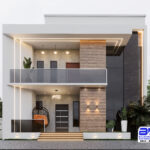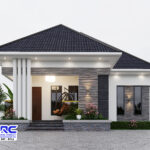In the construction industry, DPM stands for Damp Proof Membrane.
It is a crucial material used to prevent moisture from passing through floors, walls, and foundations, which can cause structural damage and affect the integrity of a building.
DPMs play a key role in moisture management, helping to maintain a dry and stable indoor environment.
Table of Contents
ToggleSee also – what is DPC? meaning in construction and its purpose
What is a Damp Proof Membrane (DPM)?
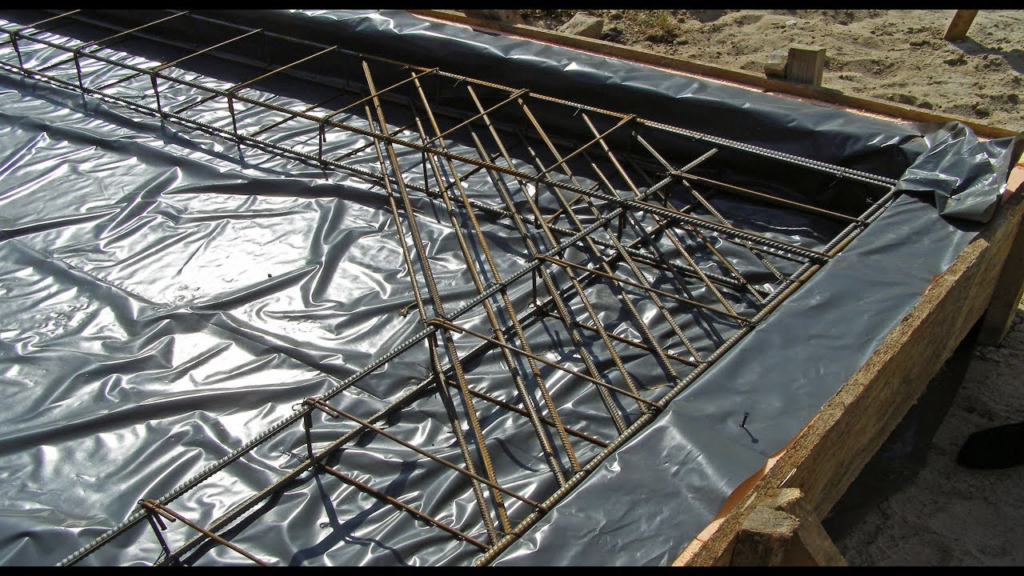
A Damp Proof Membrane is a waterproof sheet or layer made from materials like polyethylene (plastic), bitumen, or rubber.
It is installed beneath concrete floors, within walls, or on foundations to block moisture from rising through capillary action.
DPMs are typically available in rolls or sheets and come in various thicknesses depending on the level of protection required.
The most commonly used DPM material is high-density polyethylene (HDPE) because of its strength, flexibility, and resistance to chemicals and punctures.
Types of DPM Used in Construction
- Polyethylene DPM – Most common type, available in different thicknesses (250 microns to 1200 microns).
- Liquid DPM – A liquid-based membrane applied with a brush or roller that hardens to create a moisture barrier.
- Bituminous DPM – Made from bitumen, offering high flexibility and adhesion to concrete surfaces.
- Self-Adhesive DPM – A peel-and-stick membrane that is easy to install and provides strong waterproofing.
Purpose of DPM in Construction
The primary purpose of a DPM is to prevent the movement of moisture into building structures.
Moisture infiltration can lead to various issues, including:
1. Protection Against Rising Damp
Rising damp occurs when groundwater rises through capillary action in concrete or masonry.
A DPM acts as a barrier, preventing water from reaching interior walls and floors.
2. Structural Integrity
Excess moisture can weaken concrete, corrode steel reinforcements, and damage wood.
A properly installed DPM ensures that the building structure remains strong and durable.
3. Preventing Mold and Mildew
Moisture creates a breeding ground for mold and mildew, which can compromise indoor air quality and cause health issues.
A DPM keeps moisture levels low, preventing these problems.
4. Thermal Efficiency
By keeping walls and floors dry, a DPM helps maintain consistent insulation performance, improving the building’s overall energy efficiency.
5. Improved Finish and Aesthetics
Moisture stains and peeling paint are common signs of damp problems.
A DPM prevents these issues, preserving the appearance of interior and exterior finishes.
Where is DPM Installed?
- Under Concrete Slabs – A common location for DPM to prevent moisture from rising through the floor.
- Within Cavity Walls – Installed in wall cavities to prevent moisture from seeping into the interior.
- On Foundation Walls – Applied to the exterior of foundation walls to block ground moisture.
- Roof Structures – Used in flat roofs to provide a waterproof barrier.
Installation Process
1. Site Preparation – The surface is leveled and cleaned.
2. Laying the DPM– The membrane is spread out and overlapped at the joints by at least 150 mm (6 inches).
3. Sealing Joints – Joints are sealed using adhesive tape or heat welding to create a continuous barrier.
4. Covering the DPM – Concrete, screed, or insulation is laid over the membrane to protect it from damage.
See also – What are the 4 Types of Building Foundations in Nigeria?
Problems That Will Occur Without Having a DPM in Place
A Damp Proof Membrane (DPM) is a critical component in construction, designed to prevent moisture from penetrating floors, walls, and foundations.
Without a DPM in place, a building is vulnerable to various forms of moisture-related damage that can compromise both its structural integrity and the comfort of its occupants.
Below are the major problems that can arise when a DPM is not installed or improperly installed:
1. Rising Damp
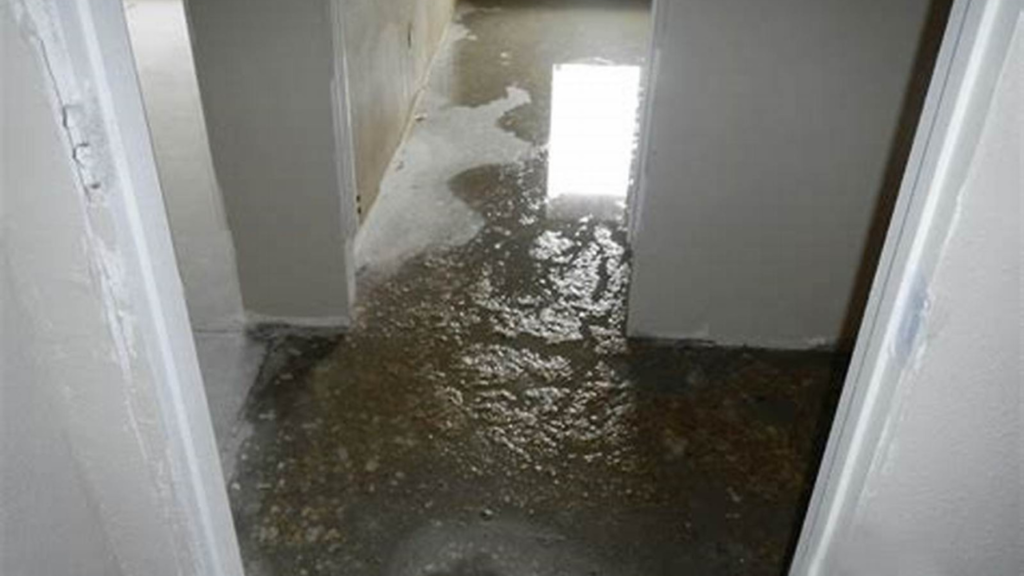
Rising damp occurs when moisture from the ground seeps upward through porous building materials like concrete, bricks, and mortar via capillary action.
Without a DPM to act as a barrier, water can travel through the foundation and walls, causing:
Water stains on walls and floors.
Peeling or bubbling paint and plaster.
Deterioration of mortar and masonry.
Salt deposits (efflorescence) on surfaces.
See also – cement vs concrete meaning and difference
2. Structural Damage
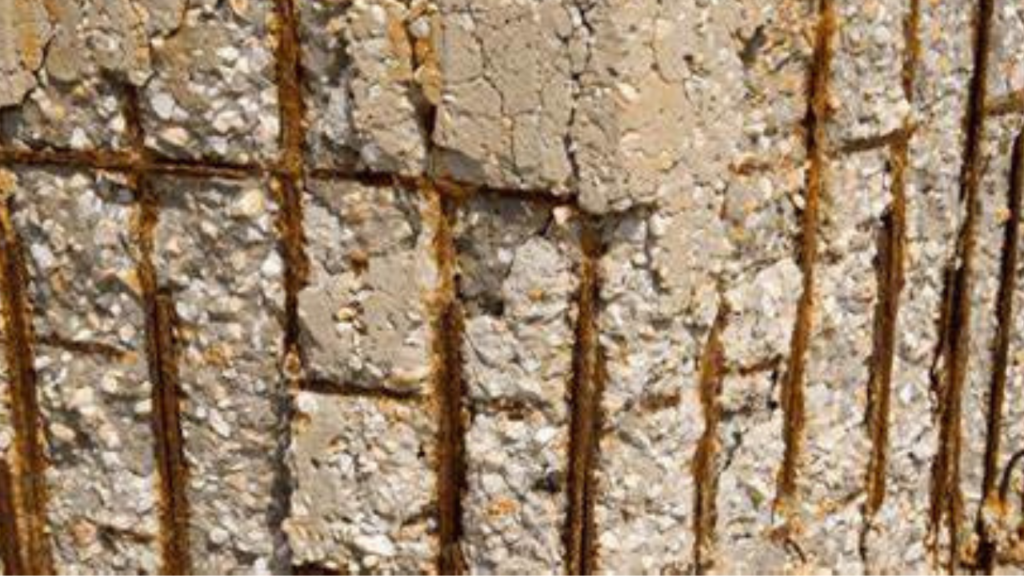
Moisture infiltration weakens the structural components of a building over time. The presence of water in concrete or masonry can cause:
Concrete spalling – Water seeps into concrete, causing it to crack and break apart.
Steel reinforcement corrosion – In reinforced concrete, moisture can cause steel bars to corrode, expanding and cracking the concrete.
Timber decay – Wooden beams and supports can rot and weaken when exposed to persistent moisture.
3. Mold and Mildew Growth
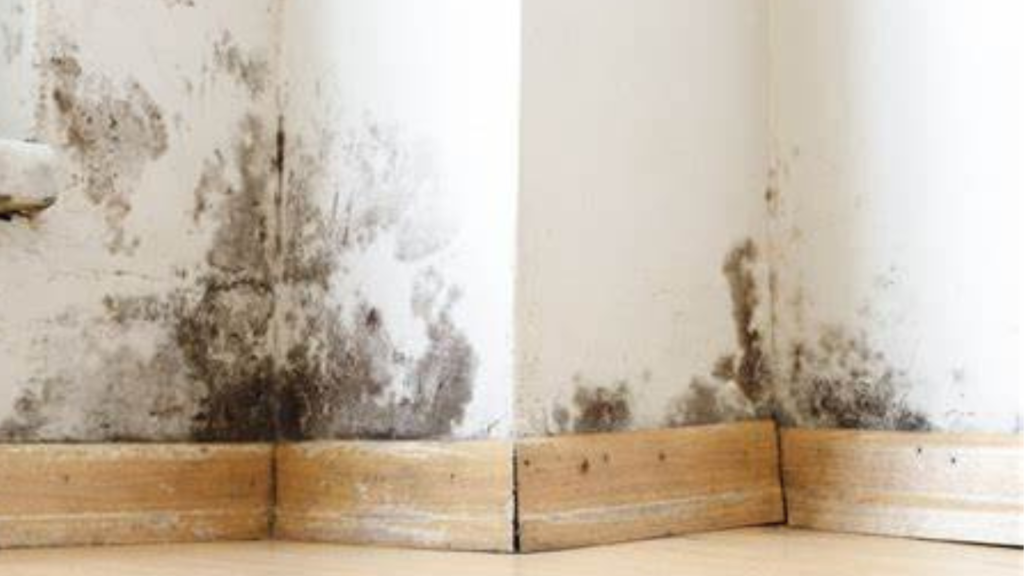
Moisture creates a damp environment that promotes the growth of mold and mildew. Without a DPM, the buildup of moisture can lead to:
Visible mold on walls, ceilings, and floors.
Musty odor within the building.
Respiratory issues and allergic reactions among occupants.
Degradation of indoor air quality.
4. Poor Indoor Air Quality
High humidity levels caused by moisture penetration can lead to poor air quality inside the building. This results in:
Increased presence of allergens.
Condensation on windows and walls.
Discomfort due to damp and stuffy air.
5. Flooring Damage
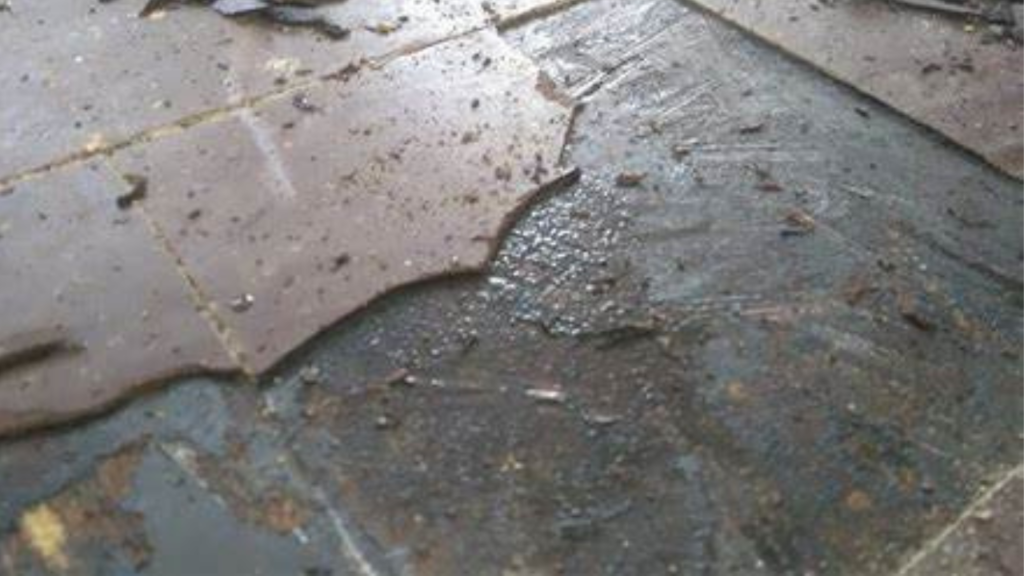
Without a DPM under concrete floors, moisture can travel upward and damage the flooring material, leading to:
Warping and buckling of wooden floors.
Delamination of laminate and vinyl flooring.
Carpet stains and mold formation under carpets.
Cracks and efflorescence in tiled floors.
6. Electrical and Mechanical Failures
Moisture infiltration can interfere with building services and systems:
Short-circuiting of electrical installations.
Corrosion of metal pipes and fittings.
Failure of HVAC (heating, ventilation, and air conditioning) systems due to moisture buildup.
7. Reduced Thermal Efficiency
Moisture in walls and floors reduces the effectiveness of insulation materials, causing heat loss and increased energy consumption. This results in:
Higher heating and cooling costs.
Inconsistent indoor temperatures.
Cold and damp surfaces.
8. Aesthetic Damage
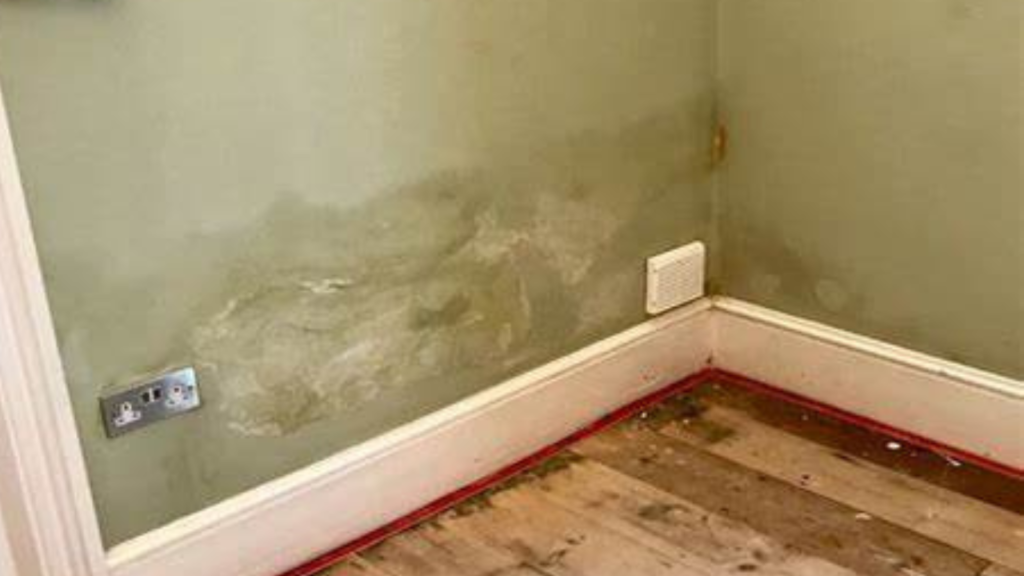
Persistent moisture exposure can cause visible damage to the building’s finishes, including:
Cracked and peeling paint.
Discolored patches on walls and ceilings.
Staining and salt deposits on concrete and bricks.
Warping and bubbling of decorative finishes.
See related – The 11 Different Types of House Design in Nigeria (with pictures)
9. Pest Infestation
A damp environment attracts pests such as:
Termites – Moist wood is an ideal environment for termite infestation.
Rodents – Damp and dark areas provide shelter for rats and mice.
Insects – Cockroaches and ants thrive in moist environments.
10. Increased Maintenance and Repair Costs
Without a DPM, moisture-related problems will eventually require costly repairs and maintenance, including
Replacing damaged flooring and finishes.
Repairing corroded steel reinforcements.
Fixing electrical and plumbing systems.
Treating mold and water stains.
Conclusion
A Damp Proof Membrane (DPM) is essential in modern construction to protect buildings from moisture damage.
Its role in maintaining structural integrity, improving thermal efficiency, and preventing health hazards makes it a key element in any construction project.
Proper installation and the right choice of DPM material ensure long-term protection against moisture, contributing to the durability and comfort of the building.
Frequently asked questions
What is the difference between dpc and dpm?
The Damp Proof Course (DPC) is a horizontal barrier installed in walls to prevent rising damp, typically located above ground level.
In contrast, the Damp Proof Membrane (DPM) is a waterproof sheet placed beneath floors or foundations to stop moisture from penetrating the structure from the ground.
While DPC protects walls, DPM focuses on safeguarding floors and foundations from moisture.
what dpm thickness is required?
The thickness of a Damp Proof Membrane (DPM) is typically specified as 1200 gauge (0.3 mm), which is standard for residential and commercial construction.
For heavy-duty applications, such as industrial buildings or areas with high water pressure, a thicker membrane like 2000 gauge (0.5 mm) might be required.
The choice of thickness depends on environmental conditions and the level of protection needed for the foundation.
Ensuring proper installation and overlap between sheets is equally important for effective moisture control.
Can DPM be used on external walls?
Yes, Damp Proof Membrane (DPM) can be used on external walls, but it is less common compared to its use beneath floors or foundations.
For external walls, a waterproof membrane or a damp proof course (DPC) is generally preferred to manage moisture ingress.
However, in cases where external walls need additional moisture protection—such as below ground level or in retaining walls—a DPM can be applied as part of a comprehensive waterproofing system.
Proper installation and overlaps are crucial for its effectiveness.
Can a DPM overlap a damp proof course?
Yes, a Damp Proof Membrane (DPM) can overlap a Damp Proof Course (DPC) to create a continuous moisture barrier.
This overlap is critical in ensuring there are no gaps through which moisture can penetrate the structure.
During installation, the DPM should extend up the walls and meet the DPC, ensuring proper sealing at the junction.
This seamless connection is especially important in areas prone to high moisture or water ingress, such as basements or ground floors.









